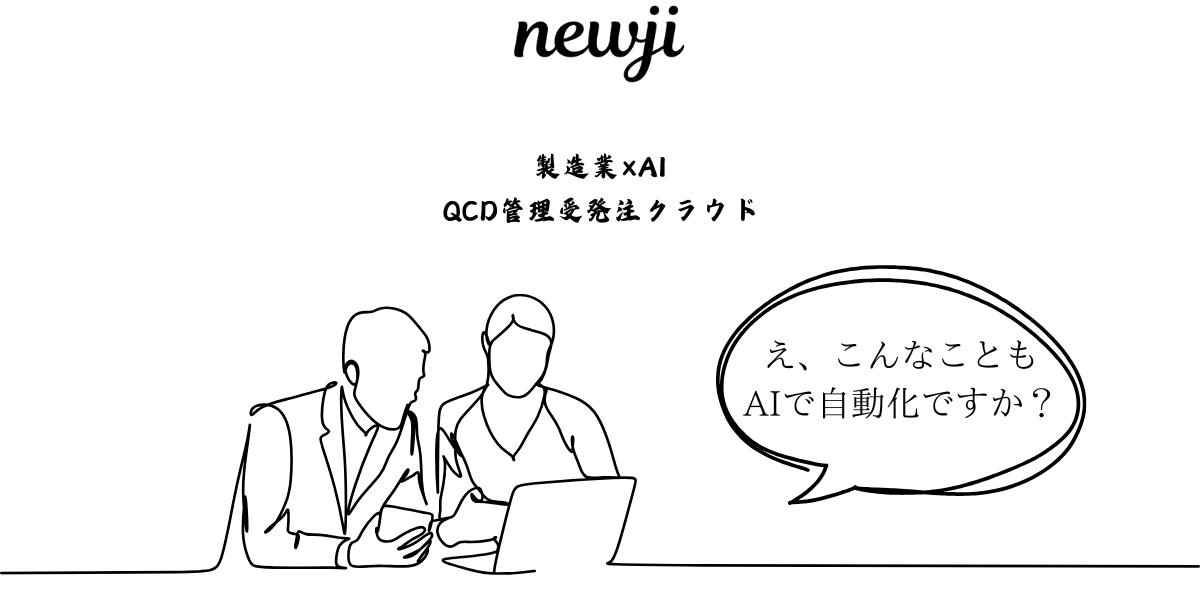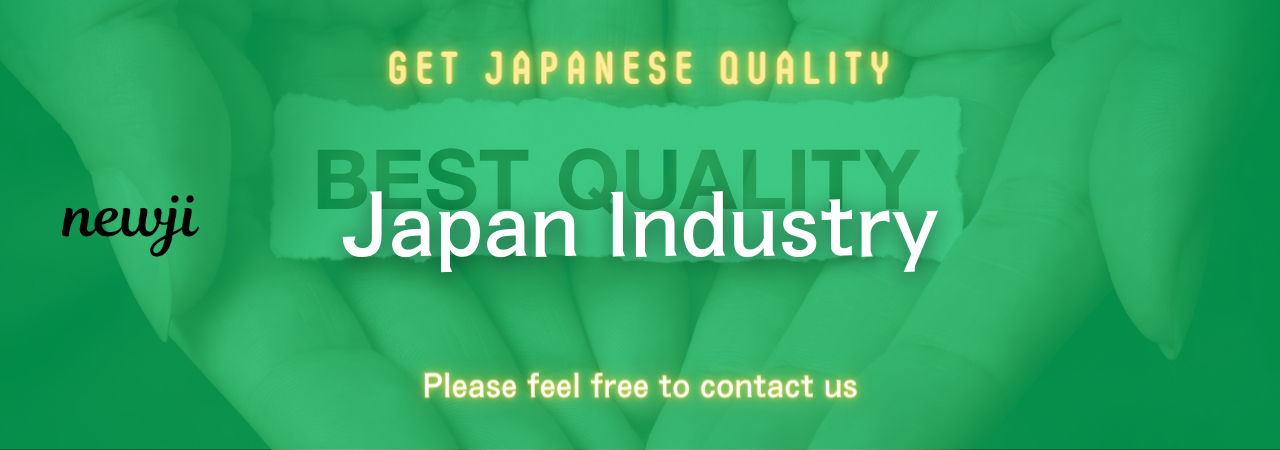- お役立ち記事
- Mitigating Purchase Risk in Japanese Manufacturing: Strategies for Success
月間77,185名の
製造業ご担当者様が閲覧しています*
*2025年2月28日現在のGoogle Analyticsのデータより

Mitigating Purchase Risk in Japanese Manufacturing: Strategies for Success

目次
Introduction
In the global manufacturing landscape, Japan stands out as a beacon of quality and precision. Collaborating with Japanese suppliers offers numerous benefits, including advanced technology and reliable production standards. However, with these advantages come inherent purchase risks that organizations must strategically manage to ensure successful partnerships. This article delves into effective strategies for mitigating purchase risks in Japanese manufacturing, providing actionable insights for procurement and purchasing professionals.
Understanding Purchase Risk in Japanese Manufacturing
Defining Purchase Risk
Purchase risk refers to the potential for financial loss or operational disruptions arising from procurement activities. In the context of Japanese manufacturing, these risks can stem from various sources, including supply chain disruptions, quality inconsistencies, and fluctuating market conditions.
Specific Risks in Japanese Manufacturing
Japanese manufacturing presents unique risks that differ from other markets. These include cultural and communication barriers, rigid business practices, and the intricate nature of just-in-time production systems. Additionally, geopolitical tensions and natural disasters, such as earthquakes and tsunamis, can significantly impact supply chains.
Advantages and Disadvantages of Japanese Suppliers
Advantages
Japanese suppliers are renowned for their commitment to quality and innovation. They often employ advanced manufacturing techniques and adhere to stringent quality control standards. Furthermore, long-term partnerships with Japanese suppliers can lead to improved product development and enhanced operational efficiencies.
Disadvantages
Despite the benefits, there are challenges associated with Japanese suppliers. Cultural differences can lead to misunderstandings and misaligned expectations. Additionally, the emphasis on long-term relationships may result in slower decision-making processes. Language barriers and differing business etiquettes can further complicate negotiations and collaborations.
Supplier Negotiation Techniques
Building Strong Relationships
Establishing trust is paramount in negotiations with Japanese suppliers. This involves consistent communication, mutual respect, and a willingness to invest time in relationship-building activities. Understanding and appreciating Japanese business customs can facilitate smoother interactions and foster long-term partnerships.
Effective Communication Strategies
Clear and concise communication is essential to avoid misunderstandings. Utilizing professional interpreters or bilingual staff can bridge language gaps. Additionally, adopting a culturally sensitive approach, such as indirect communication and consensus-building, aligns with Japanese negotiation styles and enhances cooperation.
Market Conditions and Their Impact
Current Market Trends in Japan
Staying informed about current market trends in Japan is crucial for mitigating purchase risks. Trends such as the shift towards automation, rising labor costs, and the increasing focus on sustainability can influence procurement strategies. Understanding these dynamics allows organizations to anticipate changes and adapt accordingly.
Economic Factors Affecting Procurement
Economic fluctuations, such as exchange rate volatility and inflation rates, can impact the cost and availability of goods. Additionally, government policies and trade regulations in Japan may affect import-export activities. Monitoring these economic factors helps in making informed purchasing decisions and negotiating favorable terms.
Best Practices for Mitigating Purchase Risk
Due Diligence and Supplier Evaluation
Conducting thorough due diligence is critical in assessing the reliability and capability of potential suppliers. This includes evaluating financial stability, production capacity, and compliance with industry standards. Supplier audits and site visits provide deeper insights into their operational strengths and weaknesses.
Diversification of Supplier Base
Relying on a single supplier can escalate risks. Diversifying the supplier base across multiple Japanese manufacturers or global partners reduces vulnerability to disruptions. This strategy ensures continuity in the supply chain and provides alternatives in case of unforeseen issues.
Contract Management and Legal Considerations
Robust contract management practices safeguard against potential risks. Clearly defined terms and conditions, including quality specifications, delivery schedules, and penalty clauses, provide legal recourse in case of non-compliance. Engaging legal experts familiar with Japanese law ensures contracts are enforceable and comprehensive.
Leveraging Technology and Automation
Implementing Procurement Software
Advanced procurement software streamlines the purchasing process, enhances transparency, and facilitates better decision-making. Features such as supplier management, contract tracking, and spend analysis enable organizations to monitor performance and identify areas for improvement.
Utilizing Data Analytics for Risk Assessment
Data analytics tools can assess and predict potential risks by analyzing historical data and market trends. Predictive analytics help in identifying patterns and forecasting disruptions, allowing proactive measures to mitigate risks. Real-time data access ensures timely responses to emerging threats.
Quality Control and Assurance
Establishing Quality Standards
Setting clear quality standards is essential for maintaining product integrity. Collaborating with Japanese suppliers to define specifications and performance criteria ensures consistency and meets customer expectations. Regular quality audits and inspections verify adherence to these standards.
Continuous Improvement Processes
Adopting continuous improvement methodologies, such as Lean and Six Sigma, fosters ongoing enhancements in production and procurement processes. Encouraging feedback and collaborative problem-solving with suppliers drives efficiency and reduces the likelihood of quality issues.
Case Studies and Real-World Examples
Successful Risk Mitigation Stories
Several multinational companies have successfully mitigated purchase risks when partnering with Japanese manufacturers. For instance, a leading automotive company implemented a dual-sourcing strategy, ensuring supply chain resilience. By diversifying suppliers and maintaining strong relationships, they minimized disruptions and maintained production schedules.
Lessons Learned from Failures
Conversely, instances where organizations neglected due diligence or failed to adapt to cultural differences highlight the importance of comprehensive risk management. A tech firm faced significant delays and cost overruns when a key Japanese supplier went bankrupt, underscoring the necessity of financial assessments and contingency planning.
Conclusion
Mitigating purchase risk in Japanese manufacturing requires a multifaceted approach encompassing due diligence, relationship building, and strategic diversification. By understanding the unique challenges and leveraging best practices, organizations can harness the strengths of Japanese suppliers while minimizing potential risks. Emphasizing quality, effective communication, and technological integration paves the way for successful and sustainable procurement partnerships in the dynamic landscape of Japanese manufacturing.
 資料ダウンロード
資料ダウンロード
QCD管理受発注クラウド「newji」は、受発注部門で必要なQCD管理全てを備えた、現場特化型兼クラウド型の今世紀最高の受発注管理システムとなります。
 ユーザー登録
ユーザー登録
受発注業務の効率化だけでなく、システムを導入することで、コスト削減や製品・資材のステータス可視化のほか、属人化していた受発注情報の共有化による内部不正防止や統制にも役立ちます。
 NEWJI DX
NEWJI DX
製造業に特化したデジタルトランスフォーメーション(DX)の実現を目指す請負開発型のコンサルティングサービスです。AI、iPaaS、および先端の技術を駆使して、製造プロセスの効率化、業務効率化、チームワーク強化、コスト削減、品質向上を実現します。このサービスは、製造業の課題を深く理解し、それに対する最適なデジタルソリューションを提供することで、企業が持続的な成長とイノベーションを達成できるようサポートします。
 製造業ニュース解説
製造業ニュース解説
製造業、主に購買・調達部門にお勤めの方々に向けた情報を配信しております。
新任の方やベテランの方、管理職を対象とした幅広いコンテンツをご用意しております。
 お問い合わせ
お問い合わせ
コストダウンが利益に直結する術だと理解していても、なかなか前に進めることができない状況。そんな時は、newjiのコストダウン自動化機能で大きく利益貢献しよう!
(β版非公開)

